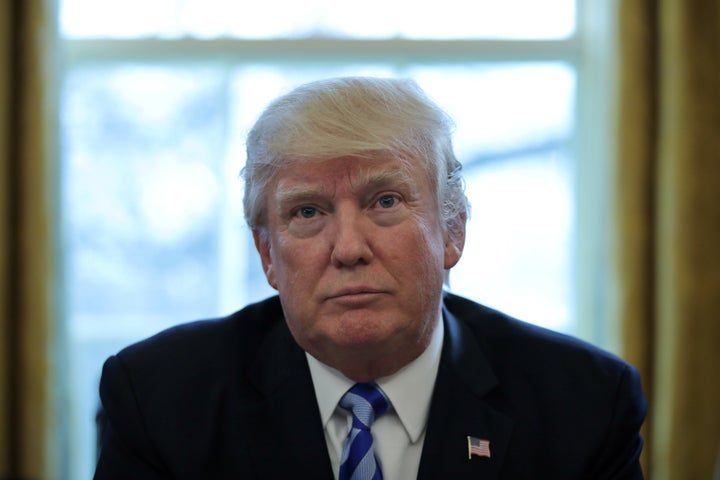
Cross-posted with TomDispatch.com
It was one of the worst moments of the Vietnam War era in America. U.S. troops had just invaded Cambodia and the nation’s campuses erupted in a spasm of angry and frustrated protest. At Kent State University in Ohio, National Guardsmen had killed four students. In Washington that day in May 1970, the first of what would be vast crowds of protesters were beginning to gather in the pre-dawn hours when a restless President Richard Nixon with his valet Manolo Sanchez in tow had himself driven to the Lincoln Memorial. There, at 4:40 a.m., he met, shook some hands, and engaged in “a rambling dialogue” with some startled young demonstrators. (“I said, ‘I know you, probably most of you think I’m an SOB, but, ah, I want you to know that I understand just how you feel.’”)
The protesters were not exactly impressed. (“‘I hope it was because he was tired but most of what he was saying was absurd,’ one of the Syracuse students told the press afterward. ‘Here we had come from a university that’s completely uptight, on strike, and when we told him where we were from, he talked about the football team.’”) But in that bizarre meeting in that embattled moment, you could still see the last dregs of a relationship between presidents of the United States and vast, mobilized movements, the first of which, as Jon Else explains today, was the civil rights movement. Nixon, who perfected “the southern strategy” of using implicit racial appeals to bring the previously Democratic white southern vote into the Republican fold, even alluded to that in his own odd fashion. (“I pointed out that I knew that on their campus, their campuses, a major subject of concern was the Negro problem. I said this was altogether as it should be, because the degradation of slavery had been imposed upon the Negroes, and it was, it would be impossible for us to do everything that we should do to right that wrong.”)
Almost half a century later, don’t expect President Trump to pay any pre-dawn visits to those arriving in Washington to protest his policies, no less consider their positions, or respond to them. As Jon Else points out today in “Not Your Grandma’s Civil Rights Strategy,” the ability of protesters to appeal successfully to Washington, vibrant in the civil rights era, dying in the Vietnam years, is now dead on arrival and protest, as it sweeps the country, will have to find other ways to make itself felt and effective. Else, whose new book, True South: Henry Hampton and “Eyes on the Prize,” the Landmark Television Series That Reframed the Civil Rights Movement, is a moving look at the civil rights movement through one man’s life, frames our present grim moment in the context of that remarkable history. It’s a past worth remembering as the protest movement of the twenty-first century finds its way in a grim world.
